Newsletter. Always up to date. You will be automatically informed by e-mail about new articles and publications.
Moritz Putzier runs his hand over the table-top with a critical eye. Today is his first time seeing the furniture that he himself designed, planned, drew, discarded, re-planned and eventually approved. With the use of BauBuche Panel, the design focused on a material that, thanks to its strength characteristics, allows designers to think in completely new dimensions when compared with conventional materials. The table-top, which is attached to the table legs with subtle metal connection pieces, looks slender, elegant and almost floating. And the same applies to the matching bench: here too, smooth geometric shapes meet filigree elements. Instead of being concealed, structural components are given prominence by means of contrasting colours and materials, giving rise to playful details.
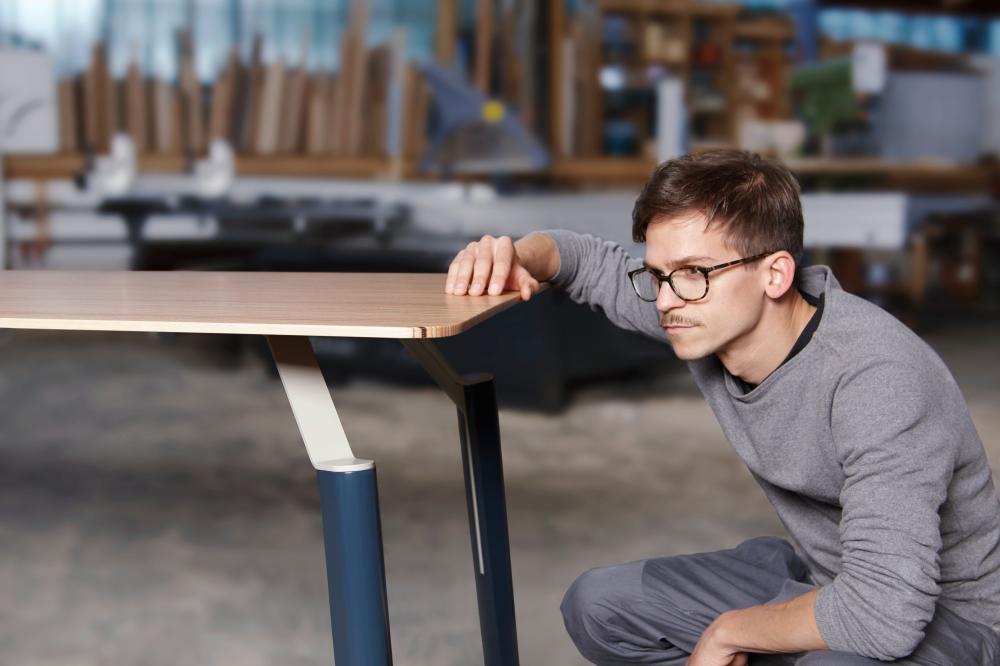
Pollmeier magazine: Mr Putzier, how are you feeling at the moment? Are you happy?
Moritz Putzier: Of course, this is a great moment! It’s lovely to see how an idea is turned into a real product – especially when it’s also been so brilliantly produced, as is the case today! Unfortunately, I have the annoying habit of always looking back at my work and thinking about what I would like to change… But I think that this is a really great result, and the design does a good job of showing off the material.
Pollmeier magazine: Be honest – how many designs did you have to discard before you got the set looking like it does today?
Moritz Putzier: It took me a load of different designs before I got to the final version, but this is a necessary process without which today’s final design would never have been created. You need to take different approaches in order to develop something together and to then finally realise when something is right. So the previous designs weren’t for nothing – I keep them all!
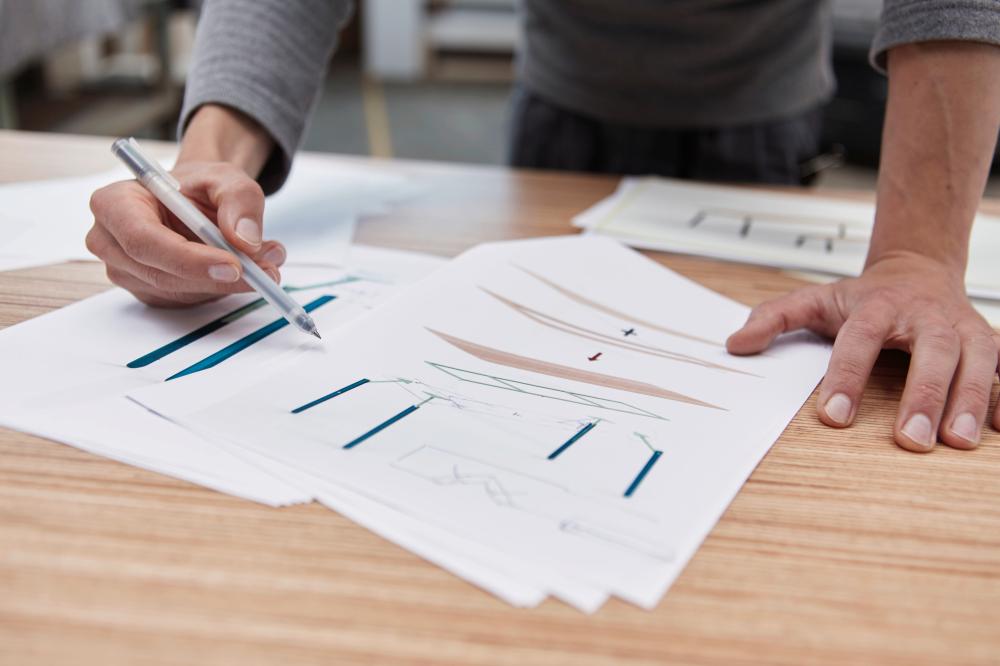
Pollmeier magazine: What was the biggest challenge that you faced with this project?
Moritz Putzier: The biggest challenge came about quite late in the process, when the first functional model was produced and I noticed that the minimalistic connection of the feet didn’t really work. It was just really wobbly. But this detail was very important to me, as I felt that it was crucial to the quality of the design. I then spent a long time fiddling with the design, and I tried out a number of different versions before it finally worked, without me having to make too many compromises.
Pollmeier magazine: Let’s talk about the development of your design. Going right back to the beginning – where did you start?
Moritz Putzier: So with this project, I of course started out by thinking about the material I wanted to use, and working out which shape would best suit the material properties. I then put down my initial ideas in the form of drawings, thereby developing the first rough style that went on to serve as a basic framework for the rest of the design process. Once I had put the design into a digital format and created visualisations to give an idea of the path that the design was taking, I started to produce a 1:1 functional model for individual details. And I did the same for the areas that I knew could prove critical. I incorporated the findings from this research work into the design, and kept going until I finally realised – everything now fits together.
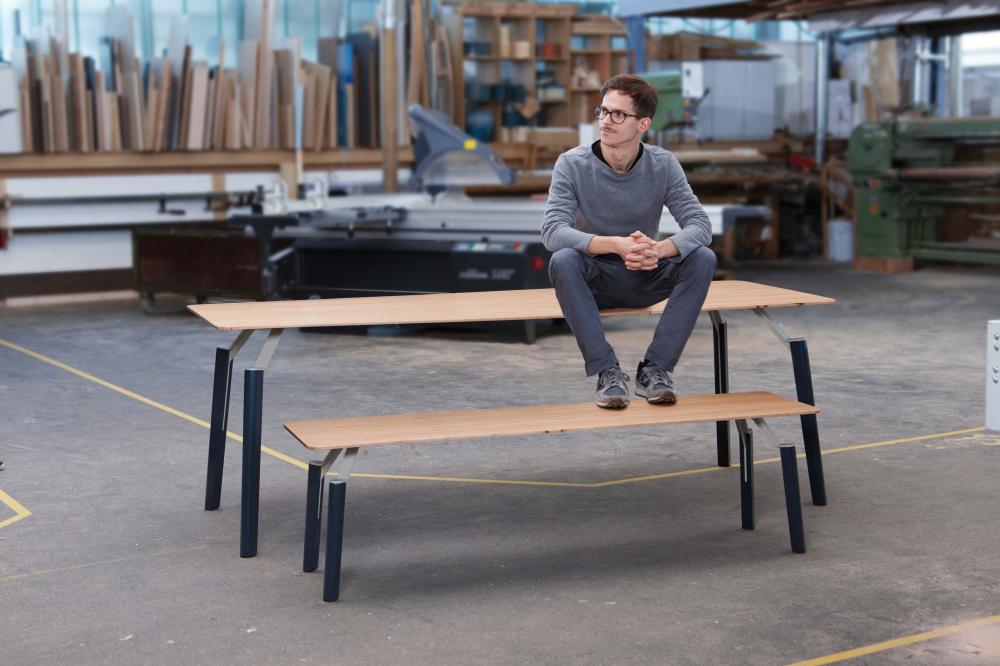
Pollmeier magazine: How do you feel at the end of the process – such as with contract work, when you submit everything? Is that difficult?
Moritz Putzier: Actually, I don’t simply hand everything over just like that. It’s still one of my projects, even if I’ve been working on it for someone else. And when both sides are satisfied with the results, then even the end of the project can give you a good feeling.
Pollmeier magazine: You’ve now worked with the material intensively over a long period of time. What’s your impression of BauBuche?
Moritz Putzier: I think that the main strength of BauBuche lies in its versatile and particularly material-saving applications, as well as its simple processing. And last but not least, it’s unique surface finish which is very “now”. In the fields of design and architecture, a surface can constitute a real special feature.
“Good design creates a bridge between humans and their environment”.
Pollmeier magazine: As a product designer, you work a lot with design and style. What constitutes a good design for you?
Moritz Putzier: Design can do a lot of things: for example, it can open up new opportunities, contribute to research, develop solutions to problems, help (people), have an aesthetic and formal purpose, tell a story, act as a critique, etc. But in summary, the objective of design, and one that covers all of these aspects, in my opinion, should be to create a bridge between humans and their environment.
Pollmeier magazine: The table and bench set is complete, and it even has a name: LEVO. The name is Latin for “I elevate”. So, what’s next for you?
Moritz Putzier: I’m currently working on a collection of lamps due to be presented in February. And I’ve also founded a small label together with Pascal Howe, called ACME SUPPLiES, where we want to present and sell our own work as well as that of other designers. But firstly, I’m heading to Portugal, where I’ll be working as a Designer in Residency on a porcelain project for a long-established brand.
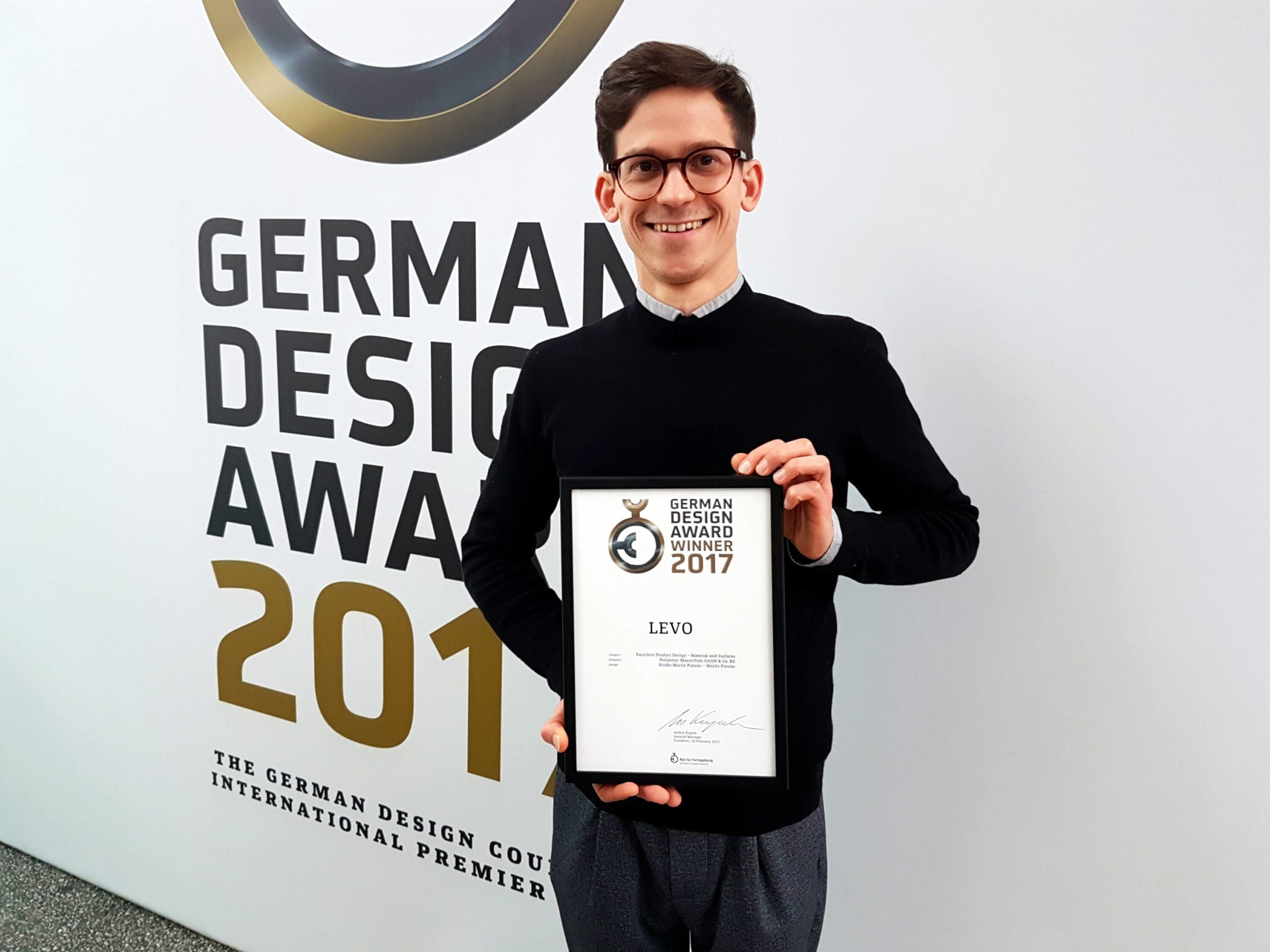
About the designer:
Moritz Putzier is 29 years old, and works in Bremen, Germany, as a product designer. After receiving his diploma in Industrial Design, Putzier started up his own business and has already received numerous awards for his designs, such as the 2014 Interieur Award and the first prize in the 2015 Pure Talents Contest. Putzier is currently a finalist in the “Newcomer” category of the German Design Award, which will be awarded in 2016.
More information on the designer can be found on his website.
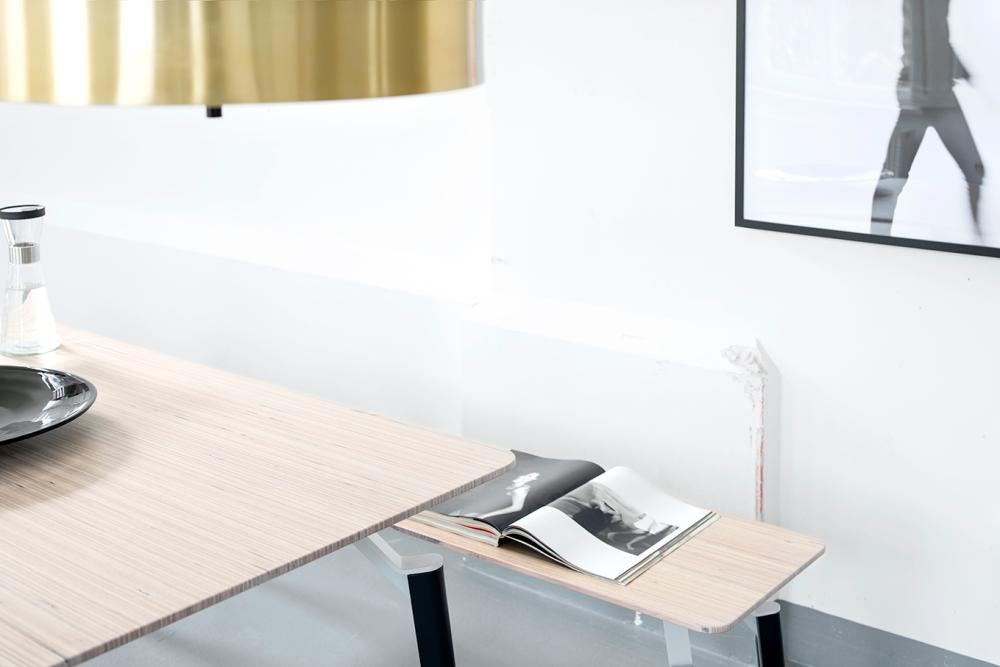
Advice for architects, engineers, commercial builders and timber construction:
Advice on timber, BauBuche and for Pollmeier LVL:
+49 (0)36926 945-163
sales@pollmeier.com
Newsletter. Always up to date. You will be automatically informed by e-mail about new articles and publications.